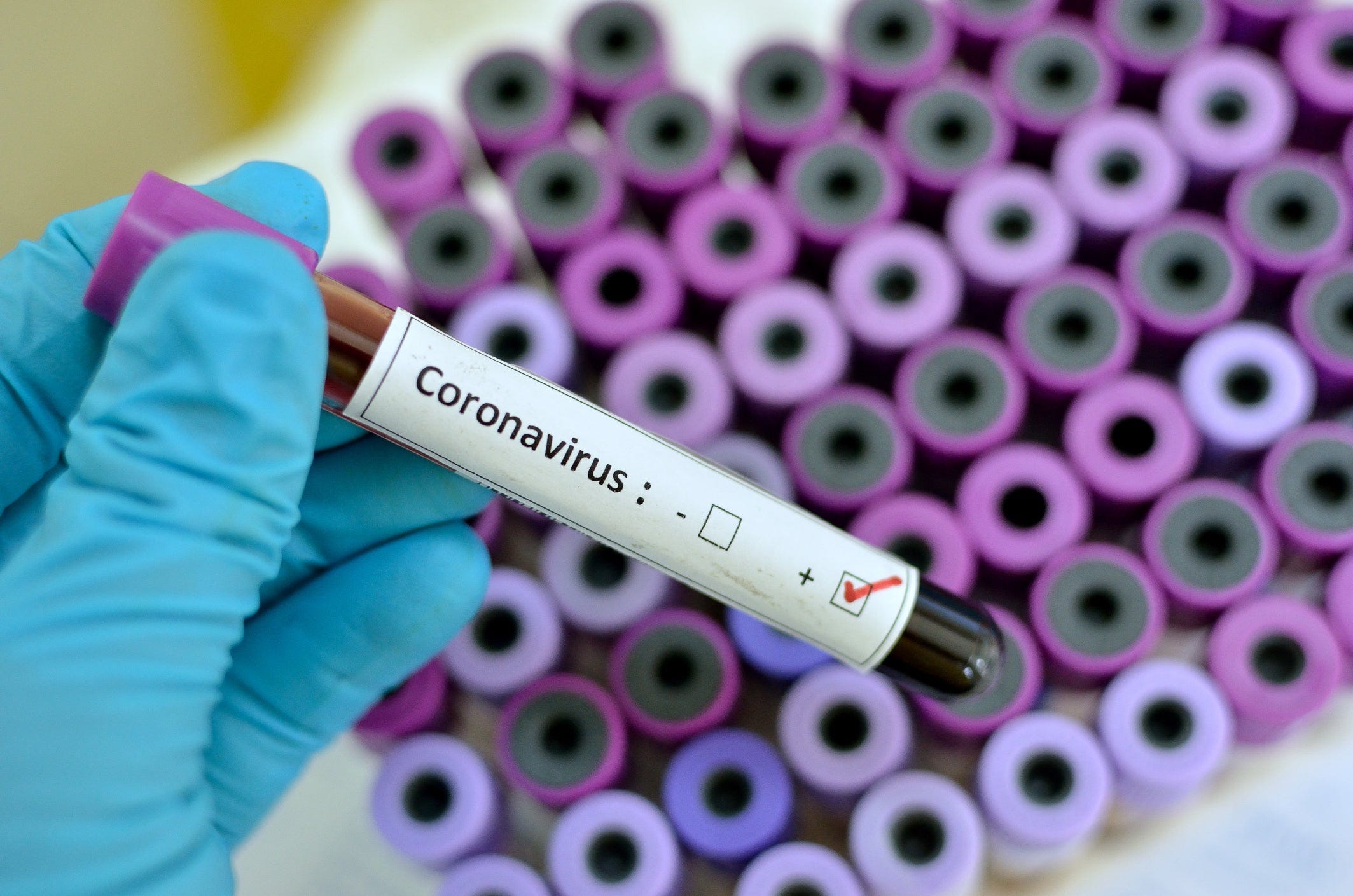On 1st January, wet markets in the city of Wuhan in central China were shuttered as the first outbreaks of the new strain of coronavirus were epidemiologically linked to customers of the animal and seafood market.
The coronavirus is a family of viruses, and the first forms that were known to affect humans were established in the 1960s. Identified as the strains 22E9 and OC43, they are the mainspring of the common cold that we all still suffer from today. These viruses were thought to have originated in bats and crossed to cattle leading on to humans and other animals such as dogs, chickens and pigs – all of which were for sale (dead and alive) at the Huanian market.
It was given the name ‘corona’ because of its viral spike proteins that protrude around the surface of each virus particle and create the appearance of a halo or crown. These proteins are the ones responsible for binding the virus to the host organism‘s cells, and subsequently allowing entry of its genetic information into the cell for replication and spread. The virus stores its genetic material as RNA, rather than DNA, similarly to other viruses like ebola and rabies, and it has the largest genome of any RNA virus currently known. Great genetic diversity of the virus has allowed its evolution into multiple strains. There are currently 7 strains that are known to infect humans, 2019-nCoV being the recent outbreak.

Infection leads to a reduction in white blood cell count which are vital for the body’s immune system response and this allows sequential infections to occur.
Generally there are fever like symptoms and in some cases the virus can cause a respiratory tract infection, however this can progress to cause pneumonia or bronchitis as well. Since the outbreak in December last year the virus has a 3% fatality rate. The average age of fatal cases reported was 75, and the majority of which were due to increased susceptibility to infection by old age or chronic diseases.
Whilst the World Health Organisation has declared that the 2019-nCoV outbreak is not a global health emergency, cases of infection have been found in a number of neighbouring countries in Asia, including Japan, Thailand, Taiwan, Singapore, Malaysia, Vietnam, Nepal and South Korea.
Few cases are also being treated in the US, Australia and in France. Currently there is no specific antiviral treatment for 2019-nCoV, but research is underway.
image source: Getty Images

